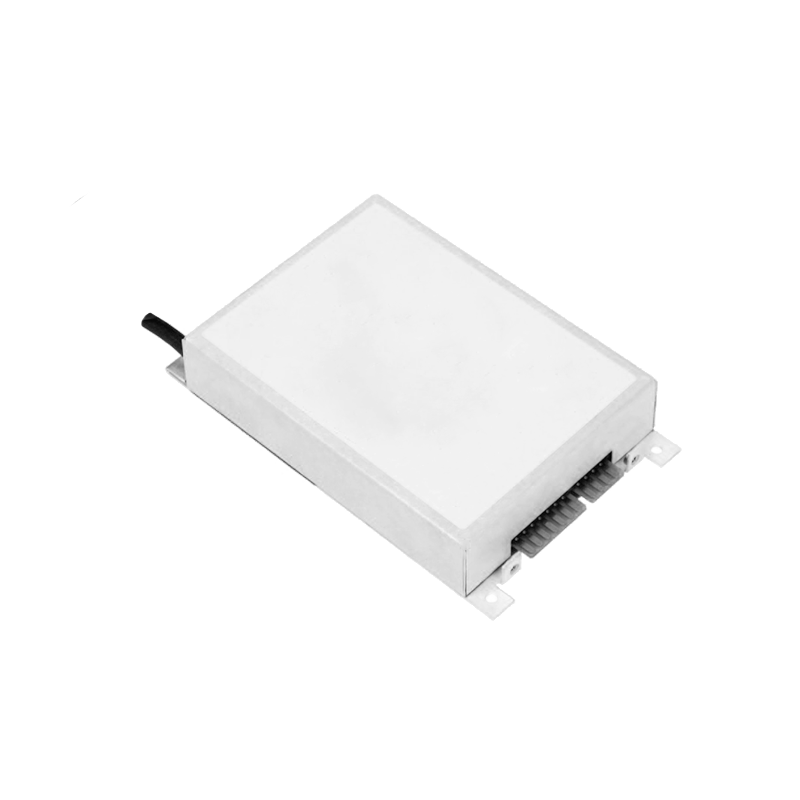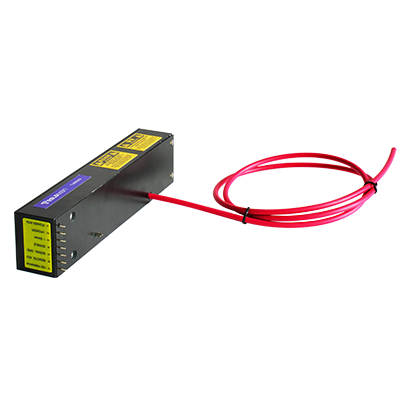Advancements in High-Voltage Power Supplies for Electrospinning: Technological Optimization and Application Expansion
Introduction
Electrospinning is an advanced manufacturing technique that uses a high-voltage electric field to stretch polymer solutions or melts into nanoscale fibers. Due to its simplicity, efficiency, and strong controllability, this technology is widely used in biomedical applications, filtration materials, energy storage, and electronic devices. In electrospinning systems, the high-voltage power supply is one of the core components, and its performance directly affects the quality, uniformity, and production efficiency of the fibers. As electrospinning technology continues to evolve, the requirements for high-voltage power supplies are also increasing. This article will explore the advancements in high-voltage power supplies for electrospinning from the perspectives of technological optimization and application expansion.
1. Basic Principles of High-Voltage Power Supplies for Electrospinning
The core mechanism of electrospinning involves forming a strong electric field between the nozzle and collector using high voltage, which causes charged droplets to overcome surface tension and be stretched into ultra-fine fibers. The high-voltage power supply plays several key roles in this process:
1. Providing Stable High-Voltage Output
The high-voltage power supply must provide thousands of volts or even higher DC voltage to ensure sufficient electric field strength for stretching the droplets.
2. Precise Control of Output Parameters
Electrospinning requires extremely stable voltage output; any minor fluctuations can lead to uneven fiber diameters or breakage. Additionally, different materials and process conditions may require varying voltage ranges, so the power supply must offer flexible adjustment capabilities.
3. Fast Response and Dynamic Adjustment
In some complex electrospinning processes (e.g., multi-nozzle or multi-material co-spinning), the power supply needs to respond quickly to external signal changes and adjust output parameters in real time.
4. Safety and Reliability
Operating in a high-voltage environment, the power supply must be equipped with comprehensive protection mechanisms to prevent overvoltage, overcurrent, or short-circuit faults from harming equipment or operators.
2. Technological Optimization of High-Voltage Power Supplies for Electrospinning
To meet the growing application demands, the design and technology of high-voltage power supplies for electrospinning continue to improve. Below are several major advancement directions:
1. High-Precision Voltage Stabilization Technology
Stable voltage output is crucial for ensuring fiber quality. Modern high-voltage power supplies use closed-loop feedback control systems to monitor output voltage in real time through high-precision sampling circuits and dynamically adjust it using digital signal processors (DSPs) or microcontrollers. Additionally, introducing low-noise filtering circuits can effectively reduce ripple interference, further enhancing voltage stability.
2. Modular Design
Modular architecture allows users to freely combine multiple high-voltage power supply units according to specific needs, adapting to electrospinning systems of different scales and complexities. For example, in multi-nozzle systems, independent control of each nozzle's voltage enables finer process regulation.
3. Intelligent Control
With the development of IoT and artificial intelligence technologies, intelligent high-voltage power supplies are becoming a trend. Smart power supplies can collect environmental parameters (e.g., temperature, humidity, and material properties) via sensors and automatically optimize output parameters using algorithms. Furthermore, remote monitoring and diagnostic functions allow users to keep track of the power supply status anytime, anywhere, and promptly identify potential issues.
4. High-Frequency Switching Technology
Traditional high-voltage power supplies often use linear amplifiers, which, while highly stable, are inefficient and bulky. The introduction of high-frequency switching technology significantly improves the power supply's efficiency and drastically reduces its size. By optimizing topologies (e.g., push-pull or full-bridge converters), performance can be maintained while reducing energy consumption and heat generation.
5. Improved Electromagnetic Compatibility
Electromagnetic interference generated during high-voltage power supply operation may affect the normal functioning of other equipment. Therefore, new-generation power supplies pay more attention to shielding, grounding, and filtering measures during design to ensure compliance with strict electromagnetic compatibility (EMC) standards.
3. Application Expansion of High-Voltage Power Supplies for Electrospinning
With technological advancements, high-voltage power supplies for electrospinning are not only deepening their applications in traditional fields but also gradually expanding into emerging areas. Below are several typical application scenarios:
1. Multifunctional Fiber Manufacturing
Electrospinning technology can be used to manufacture composite fibers with various functions, such as conductive fibers, antibacterial fibers, and photocatalytic fibers. The preparation of these fibers often requires applying different voltages at different stages, making the flexibility and programmability of the power supply particularly important.
2. Large-Scale Industrial Production
Traditional laboratory-scale electrospinning equipment struggles to meet industrial production demands. New high-voltage power supplies improve power density and reliability, supporting multi-nozzle arrays and continuous production, laying the foundation for large-scale electrospinning applications.
3. 3D Printing and Tissue Engineering
The combination of electrospinning and 3D printing technology is driving innovation in the biomedical field. For example, by precisely controlling the power supply output, nanofibers can be deposited at specific locations to construct complex three-dimensional scaffold structures for tissue repair and regeneration.
4. Development of New Energy Materials
Electrospinning technology plays an essential role in the fabrication of lithium-ion battery separators, supercapacitor electrodes, and fuel cell catalyst carriers. The optimization of high-voltage power supplies has further improved the porosity, specific surface area, and mechanical strength of these materials.
5. Manufacturing of Flexible Electronic Devices
Electrospinning technology can be used to manufacture flexible transparent conductive films, sensors, and energy-harvesting devices. The stability and controllability of the high-voltage power supply directly determine the performance and consistency of these devices.
4. Future Development Trends
1. Green and Energy-Efficient Design
With global attention on sustainable development, future high-voltage power supplies will focus more on improving energy efficiency. By adopting new semiconductor materials (e.g., silicon carbide or gallium nitride) and advanced cooling technologies, energy consumption can be significantly reduced, along with carbon emissions.
2. Miniaturization and Portability
The development of miniature high-voltage power supplies will promote the evolution of electrospinning technology toward portable devices. For instance, handheld electrospinning devices can be used for rapid on-site fabrication of functional fiber materials.
3. Integrated Solutions
Highly integrating the high-voltage power supply with other key components (e.g., nozzles, collectors, and control systems) can simplify equipment structure and enhance overall performance. This integrated design is especially suitable for customized and miniaturized application scenarios.
4. Data-Driven Optimization
Optimization algorithms based on big data and machine learning will further enhance the intelligence level of high-voltage power supplies. By analyzing historical operational data, potential faults can be predicted, and process parameters can be optimized to achieve higher production efficiency and lower maintenance costs.
Conclusion
As a core component of electrospinning technology, the performance of high-voltage power supplies directly determines fiber quality and process outcomes. Through technological optimization and application expansion, high-voltage power supplies are moving toward higher precision, intelligence, and multifunctionality. In the future, with the continuous emergence of new materials, processes, and technologies, high-voltage power supplies will demonstrate their unique value in more fields, providing strong support for the widespread application of electrospinning technology.




















